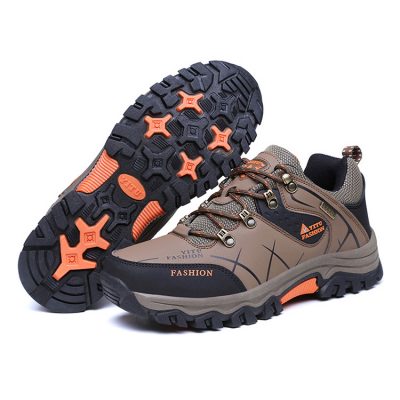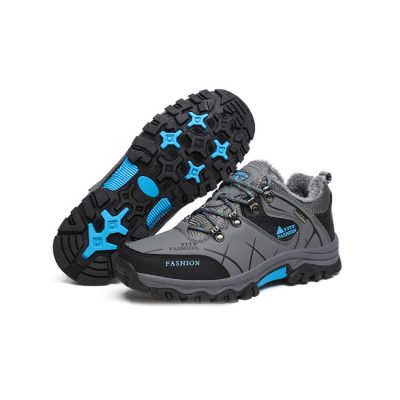Now let me talk about the difference between anti-smashing shoes, safety shoes, labor protection shoes, and steel-toed shoes:
Labor insurance shoe manufacturers
Anti-smashing shoes and steel-toed shoes are the same type, that is, safety shoes that protect the toes.
Both safety shoes and labor protection shoes are for foot safety protection, and they have the same meaning. There are many types of it, such as toe protection, puncture resistance, insulation, acid and alkali resistance, etc.
Safety shoes usage specification
Oil-proof shoes are used in places where the ground is oily or splashed; waterproof shoes are used in work places where ground water or splashing water; cold-proof shoes are used to protect the feet of low-temperature workers from frostbite.
puncture-proof shoes are used to protect the soles of the feet and prevent being punctured by various sharp and hard objects.
The main function of anti-smashing shoes is to prevent falling objects from hurting the feet. The front toe cap of the shoe has impact-resistant material.
The main function of steelmaking shoes is to prevent burns and punctures, and should be able to withstand a certain static pressure and temperature, and be non-flammable. This type of shoes is suitable for smelting, furnace front, cast iron, etc.
In addition to the above, there are also some special shoe covers for supporting use, such as canvas, asbestos, aluminum film shoe covers, etc.
The selection and maintenance of protective shoes The selection of protective shoes should be based on the nature and degree of the hazard of the working environment. Protective shoes should have product certificates and product instructions. Before use, you should read the instructions according to the conditions of use, and the method of use must be correct. Special protective shoes, should be checked and kept clean after use, and stored in a pollution-free and dry place
The choice and use of protective shoes
一: In addition to choosing a suitable type according to the operating conditions, the protective footwear should also fit the feet and make people feel comfortable. This is very important, and the appropriate shoe size should be selected carefully.
Two: The protective shoes should have a non-slip design, not only to protect the feet of people from injury, but also to prevent accidents caused by the operator being slipped.
3: Various protective shoes with different performances must meet the technical indicators of their respective protective performance, such as the toes are not injured, the soles of the feet are not punctured, and the requirements of insulation and conductivity. But safety shoes are not everything.
4: Before using protective shoes, check or test carefully. In electrical and acid-base operations, damaged and cracked protective shoes are dangerous.
5: Protective shoes should be kept properly after use, and rubber shoes should be rinsed with water or disinfectant and dried to prolong their service life.



















